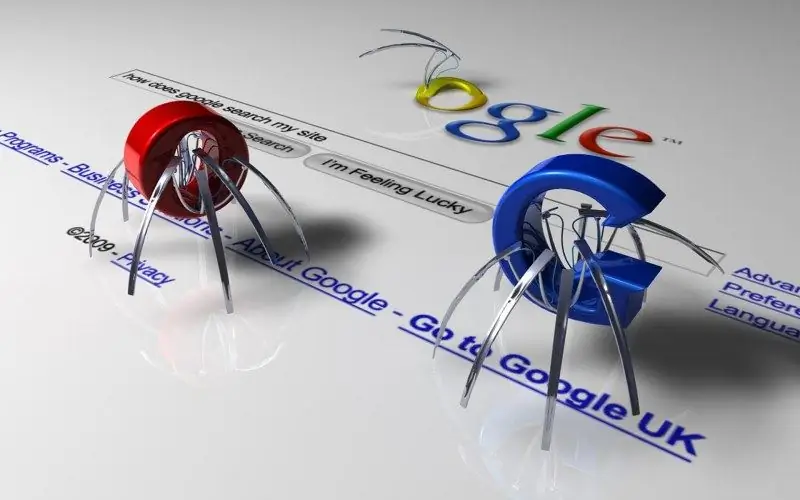- Author Lauren Nevill [email protected].
- Public 2023-12-16 18:48.
- Last modified 2025-01-23 15:15.
The Ucoz content management system is by far the most popular service among webmasters due to its flexibility and the variety of available templates. However, novice site builders often face the problem of changing the provided templates, especially editing the headers, and this is the most visible part of the web page. It is very important that it looks original and creative.

It is necessary
- - graphics editor;
- - FTP manager.
Instructions
Step 1
Before starting work, make sure that you have a graphics editor (for example, Adobe Photoshop) and an FTP manager (Total Commander, etc.) on your computer. In a graphics editor, create a picture of the same size as the one used in the header. For the header, such graphic file formats as jpeg, png,
Step 2
In the site control panel, find a link to a standard image inherent in the selected template. You can use two ways: 1) "page editor" - "module control panel" - "upper part of the site"; 2) "page editor" - "module design management" - "CSS stylesheet". Check the correct image selection. To do this, copy the url of the picture into the address bar of your internet browser. Press the Enter button. In the event that the image used in the template opens, you did everything right.
Step 3
Send the picture to the server using the provider's file manager (or using one of the many FTP managers, having previously learned from the hosting the login and password of one of the ftp servers). Find your downloaded drawing in the list of files. At the top of the site, copy the code and replace the link with the site header. It happens that after installing a new header, the name of the site appears from the template. It is removed as follows: "menu" - "constructor" - "include constructor". Delete the site name. If an ellipsis appears in the same place, then remove it by going to the "Design Management" section.
Step 4
A "random" header will look spectacular (that is, with each page refresh, different images will be loaded into the header). There are many ways how to put it, here is one - using a script (if the header address is registered in the template at the top of the site). Download in the file manager all the proposed headers into one folder. Name it, for example, header1, header2, header3, etc. Replace the old code: Code / with the new one: Code q = Math.floor (Math.random () * N); document.write ('/') "; Here N is the number of random headers.






